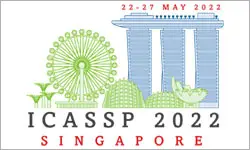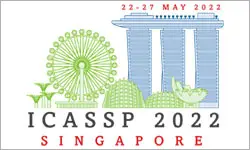Cognitive Antenna Selection for Automotive Radar Using Bobrovsky-Zakai Bound
Joseph Tabrikian, Omri Isaacs, Igal Bilik
-
Members: FreeSPS
IEEE Members: $11.00
Non-members: $15.00Length: 00:14:58
09 May 2022
Automotive radars require high angular resolution which can be achieved by a large antenna aperture. In order to obey Nyquist spatial sampling rate, a large number of array elements and receive channels is required. In practice, this solution results in a prohibitively high cost and complexity. This work proposes a new cognitive receiver configuration, in which a large number of sensor array elements is connected to a small number of receive channels via a switching matrix. The state of the switching matrix is sequentially updated using information from previous observations and prior information. According to the proposed scheme, denoted as cognitive antenna selection (CASE), the state of the switching matrix is obtained by minimization of conditional Bayesian bounds on the mean-squared-error of the direction-of-arrival estimate. We show that the Bayesian Cram�r-Rao bound (BCRB) is an inappropriate optimization criterion since it ignores the effect of ambiguity. This work proposes the Bobrovski-Zakai bound (BZB), which accounts for the effect of ambiguity, as a criterion for cognitive antenna selection. The performance of the proposed CASE-BZB approach is evaluated via simulations. It is shown that the CASE-BZB outperforms random and linear switching algorithms both asymptotically and in the threshold region.



